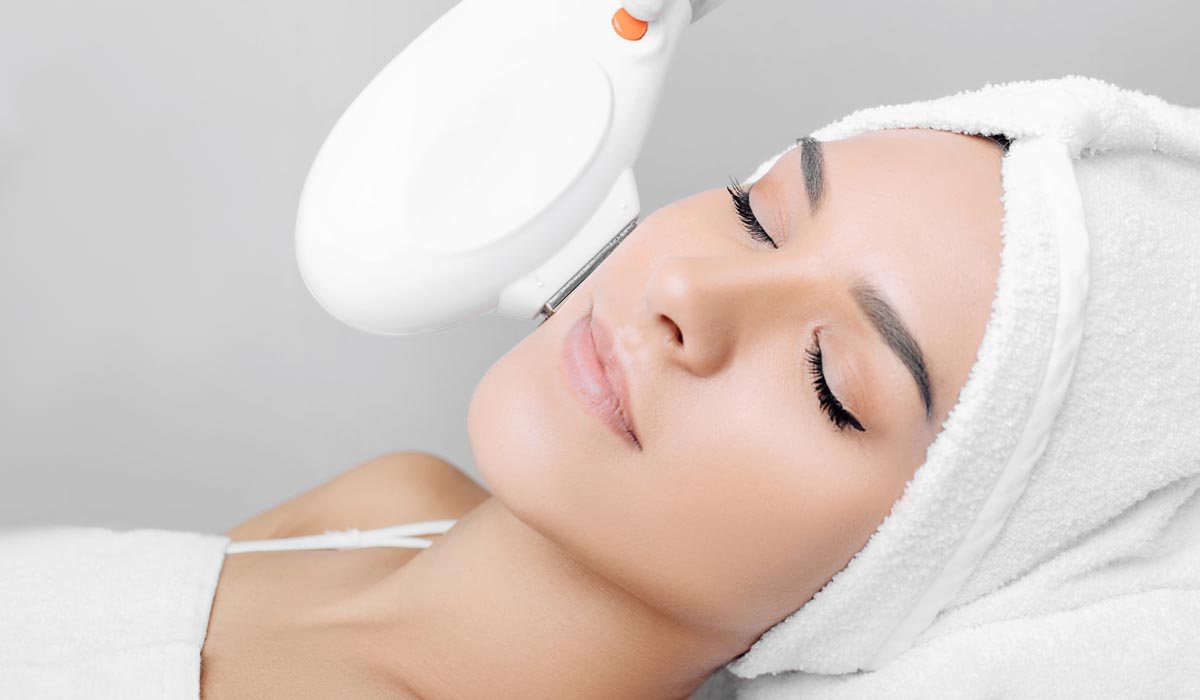✨Book online and enjoy a 5% discount on your first consultation
Home » Dermatology Services » Removal of Skin Hyperpigmentation

Removal of Skin Hyperpigmentation
Skin hyperpigmentation refers to the dark patches on your skin resulting from excess production of melanin. A bunch of factors can cause these dark patches to appear – hormone fluctuations, sun damage, and acne scars, among others.
This is one of the most prevalent skin problems worldwide, affecting millions of people. So, needless to say, there are a bunch of treatments available in today’s world to tackle this skin condition. Some are traditional methods, while others are up-and-coming unconventional methods that are being adopted for their beneficial effect.
Possible Causes
The common known cause of hyperpigmentation is excess melanin. Melanin is a pigment that provides color to your skin. There are several factors that can alter the melanin’s production in the body, such as:
Risk Factor
The risk factors associated with hyperpigmentation depends on the type of disorder you have:
Sign & Symptoms
The main symptoms of hyperpigmentation are quite evident: darkened areas on the skin and dark patches that may vary in size. They may appear anywhere on your body.
Diagnosis
For the diagnosis of hyperpigmentation, the dermatologist may request your medical history and conduct a physical exam with a handheld tool. The doctor sometimes recommends blood tests for checking any anomalies. Rarely may your doctor suggest a skin biopsy.
Treatment Options at 7DMC
Most of the methods mentioned above need expert supervision because of the meticulous steps involved. This is why you need to book an appointment at a certified skincare clinic where you would be able to consult with dermatologists before moving on with the treatment that would suit your hyperpigmentation the best. Some of the prescribed treatments for hyperpigmentation are:
Usually, the most common ingredients seen in these creams (some are available in gel form as well) are vitamin B3 (niacinamide), licorice extract, hydroquinone, and n-acetylglucosamine.
If not done from professional spaces, these can have adverse effects on your skin, leading to permanent damage. Therefore, practice caution and undergo these procedures at only medical institutes such as 7DMC.
Vitamin B12 and Vitamin C deficiency can lead to skin hyperpigmentation. Vitamin B12 is also responsible for vitiligo, angular stomatitis, and change in hair quality.
Several recommended clinical treatments for hyperpigmentation include laser therapy, chemical peels, microdermabrasion, or dermabrasion. When trained professionals perform these procedures, they can help lighten your skin tone.
Vitamin C is known for its beneficial properties for skin and whitening effects. Vitamin C plays an essential for a number of processes in human skin, including a decrease in hyperpigmentation. It helps even out your skin tone, protects your skin from sun damage, and reduces wrinkles.
Near Dubai Miracle Garden,
Diamond Business centre A,
1st Floor,
Arjan, AI Barsha,
Dubai.
WhatsApp us